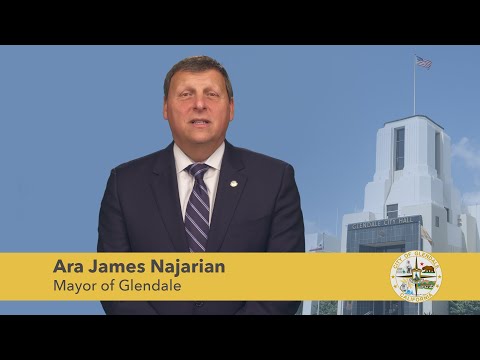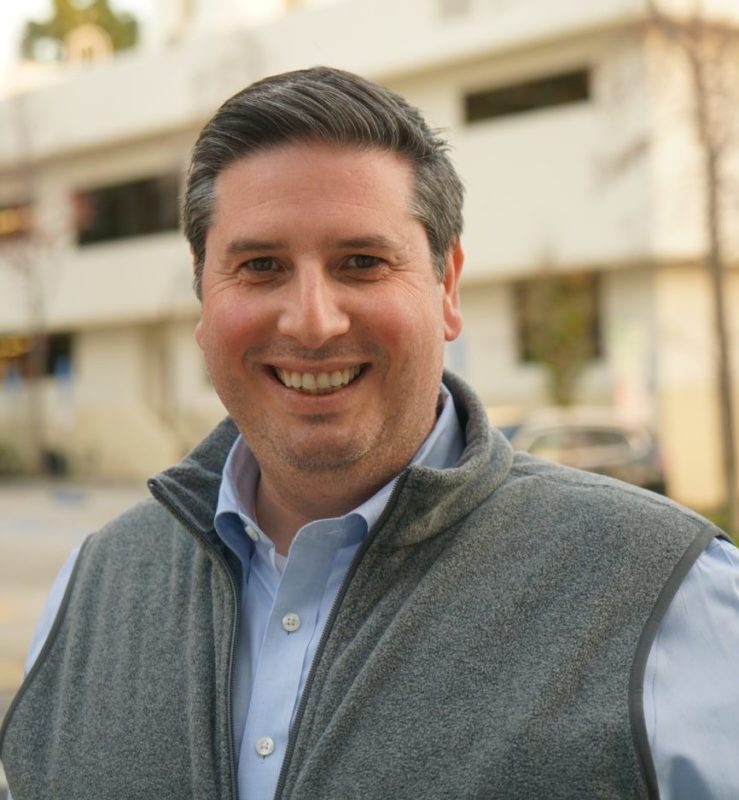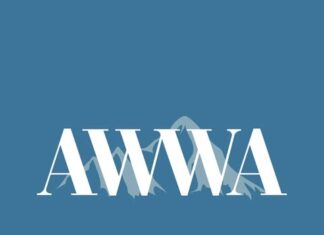GLENDALE — As the coronavirus (COVID-19) pandemic rages through the United States, the city of Glendale with its large Armenian community have geared up to take protective measures. As of April 6, Glendale had 142 known cases of infection, which is the third largest number of cases in municipalities in Los Angeles County after Los Angeles itself and Long Beach. This is roughly in line with its overall population, as it was ranked as the third largest city in the county according to the 2010 US census.
Glendale’s mayor, Ara James Najarian, pointed out that three levels of government are involved with the preparation in addition to federal guidelines. The governor provides general orders and Los Angeles County, of which Glendale is a part, gets more specific, as it has its own public health department. Finally, there is the city of Glendale.
Najarian said, “The city for the most part is adopting and ratifying the orders of the Los Angeles County Board of Supervisors. We have a bit of leeway on how we do things and how it is enforced, but generally everyone wants to be parallel with their ordinances. They don’t want one city to be more lenient than any other. We are all trying to be at the same level.”
On March 16, Glendale proclaimed a state of emergency, which the city council on March 24 extended until the end of April. This means that nonessential businesses have closed, while residents are only supposedly to leave their houses for essential needs. Schools, libraries, universities and churches are all physically closed down, though many are maintaining communications via the Internet. Recreational facilities and parks were shut down on March 24 after officials noticed crowds in these places. Gatherings of more than 10 people in enclosed spaces are prohibited. On April 3, the wearing of face coverings (not masks), was recommended by the City Council when people are outside for any reason.
Glendale Prepares
Najarian said that an emergency task force, consisting of the city manager, police chief, fire chief and the chief executive officers of the three hospitals in Glendale, meets daily. It has a plan. While he said he was not privy to the details, much of it involves keeping first responders healthy.









